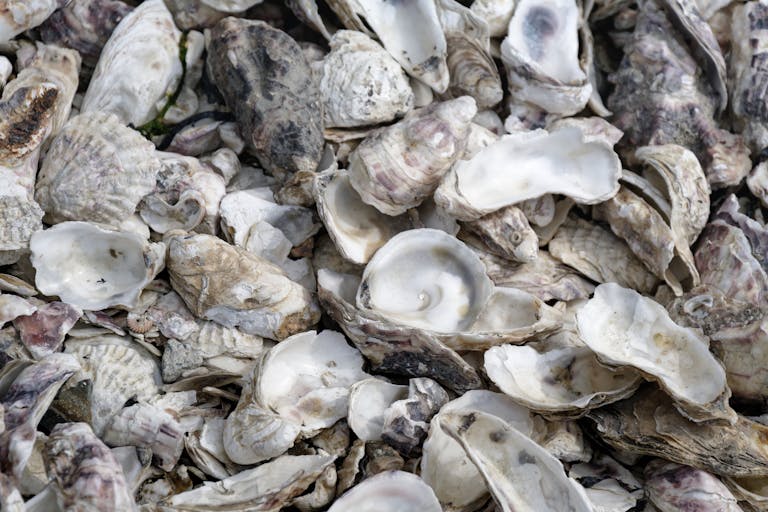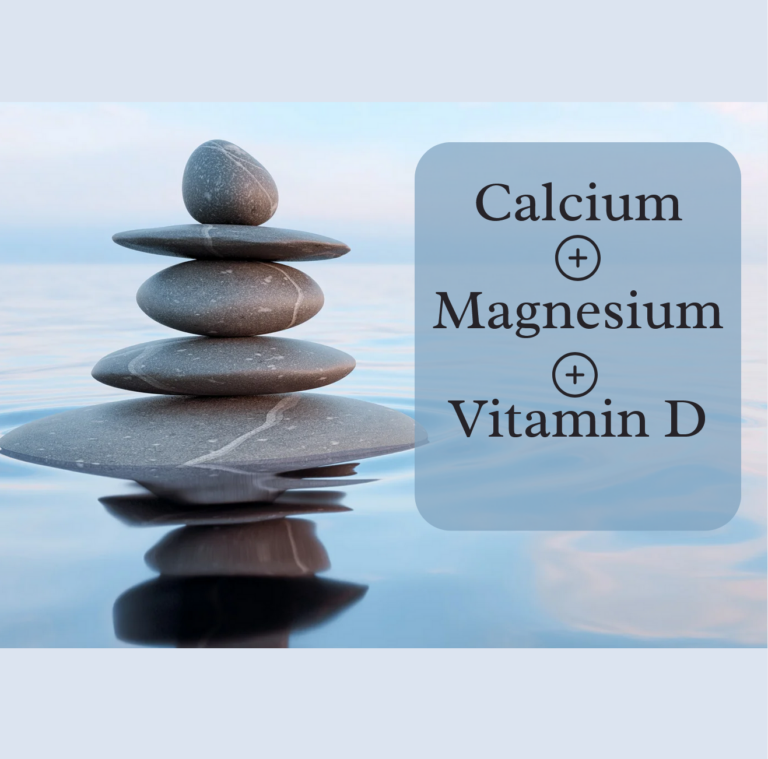Exploring Cryotherapy: Hype or Help?
Cryotherapy has become a buzzword in the world of health and wellness, often touted as a go-to solution for everything from muscle recovery to reducing inflammation. But what does the science say about this chilly trend? With a growing body of research, the jury is still deliberating on its true efficacy, and it’s a topic that’s likely to evolve as further studies emerge.
The Promise of Cryotherapy
Cryotherapy, which involves exposing the body to extremely cold temperatures, has been embraced by athletes and fitness enthusiasts alike. Whether through liquid nitrogen chambers or cold plunges, one idea is to accelerate recovery from exercise-induced muscle damage and reduce delayed onset muscle soreness (DOMS). Proponents claim that cryotherapy can help people bounce back faster from intense workouts and even offer general anti-inflammatory benefits.
What the Research Says About Muscle Recovery
A study published in the Scandinavian Journal of Medicine & Science in Sports explored this very topic. Researchers examined the effects of partial-body cryotherapy (–135°C) and cold-water immersion (10°C) on muscle recovery in female participants. After engaging in exercise that caused muscle damage, participants were subjected to either liquid nitrogen cryotherapy or a cold plunge. Their recovery was reassessed 72 hours post-exercise to evaluate the impact on DOMS.
The findings? No significant difference was observed between the two groups in terms of muscle soreness reduction. While this may come as a letdown for those who rely on cryotherapy as part of their fitness routine, it highlights the importance of managing expectations when incorporating such therapies into one’s regimen.
A Glimpse Into the Future
Cryotherapy’s potential benefits might extend beyond just muscle recovery, with some studies suggesting improvements in general inflammation, which we’ll cover in another blog. However, definitive conclusions require more robust, long-term research. For now, while cryotherapy may offer a refreshing experience and anecdotal relief for some, its role in fitness and wellness remains a developing story.
Hohenauer, E., Costello, J. T., Deliens, T., Clarys, P., Stoop, R., & Clijsen, R. (2020). Partial‐body cryotherapy (−135°C) and cold‐water immersion (10°C) after muscle damage in females. Scandinavian Journal of Medicine & Science in Sports, 30(3), 485–495. https://doi.org/10.1111/sms.13593







